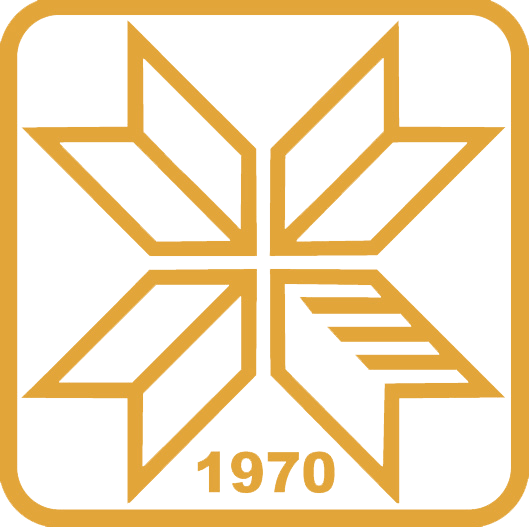Приказ основних података о документу
High indoor radon concentration in residential houses. Ninth International Conference on radiation and applications in various fields of research, RAD9, Virtual Conference, Herceg Novi, Montenegro, July 14-18, 2021.
| dc.contributor.author | Spasić, Dušica | |
| dc.contributor.author | Gulan, Ljiljana | |
| dc.date.accessioned | 2022-11-04T11:57:01Z | |
| dc.date.available | 2022-11-04T11:57:01Z | |
| dc.identifier.uri | https://platon.pr.ac.rs/handle/123456789/893 | |
| dc.description.abstract | People are mainly exposed to radon in indoor environments. Exposure to radon and its decay products is the second leading cause of lung cancer, and there is a strong synergistic effect with smoking. The most significant source of indoor radon is usually the soil around building; radon penetrates into houses directly from the soil through fractures and cracks. In some cases the source of higher radon could be household water from drilled wells or exhalation from building materials. In the European legislation on radiation protection (Directive 2013/59/EURATOM), EU Member States are obliged to identify areas/buildings (dwellings and workplaces) in which the mean annual radon concentration exceeds the relevant national reference level and to provide information locally and nationally about radon exposure and corresponding health risks. Currently, the situation with COVID-19 pandemic, and the people’s tendency to stay more indoors in low air exchange rate conditions, enhanced risk to radon exposure. In this paper we presented the results of continuous indoor radon measurements performed in a residential house near the town Kosovska Mitrovica (mining area of Trepča). The house was built in the 1970’s with the walls from stones taken from the nearby hills and without concrete slab. Radon detector Airthings Corentium Home was used for radon measurements in living room and bedroom during spring 2020 (from March to June). Diurnal radon concentrations varied from 368-1290 Bq/m3 in living room and from 796-2330 Bq/m3 in bedroom during measuring period. These variations are presumably influenced by meteorological conditions, lifestyle and occupant's habits. The values of long-term average radon for living room and bedroom were 709 Bq/m3 and 1377 Bq/m3, respectively. These values are higher than these proposed by the WHO (100 Bq/m3), and by the Council of the European Union of 300 Bq/m3 (Directive 2013/59/EURATOM). In the near future, an implementation of effective remedial solutions should be provided for this house. Also, more new houses should be included in radon monitoring in the mining area, because according to these and some previously published results, a high radon area is suspected. | en_US |
| dc.language.iso | en_US | en_US |
| dc.title | High indoor radon concentration in residential houses. Ninth International Conference on radiation and applications in various fields of research, RAD9, Virtual Conference, Herceg Novi, Montenegro, July 14-18, 2021. | en_US |
| dc.type | konferencijski-prilog | en_US |
| dc.description.version | publishedVersion | en_US |
| dc.identifier.doi | https://doi.org/10.21175/rad.abstr.book.2021.37.4 | |
| dc.citation.spage | 294 | |
| dc.type.mCategory | M34 | en_US |
| dc.type.mCategory | openAccess | en_US |
| dc.type.mCategory | M34 | en_US |
| dc.type.mCategory | openAccess | en_US |
